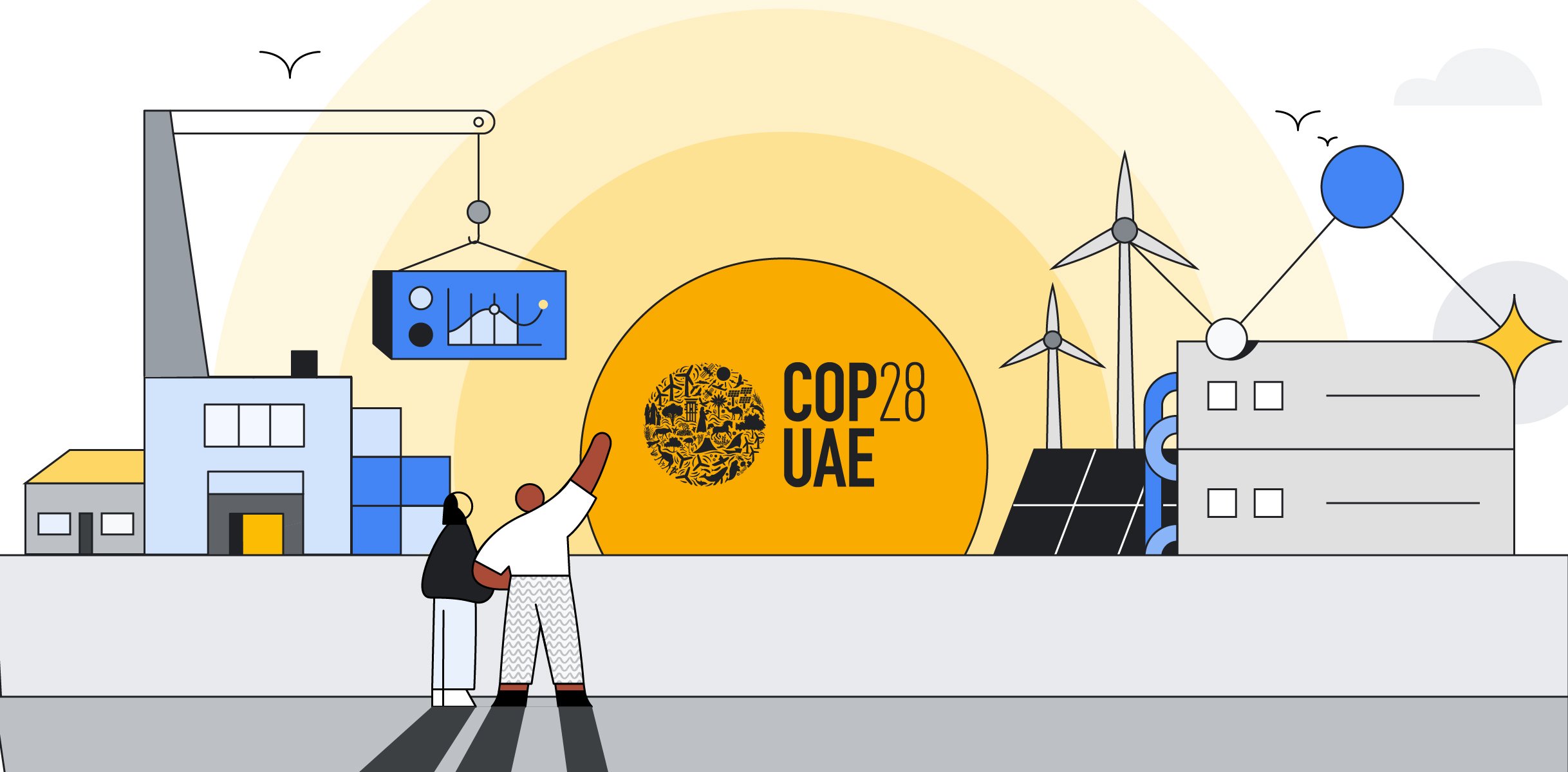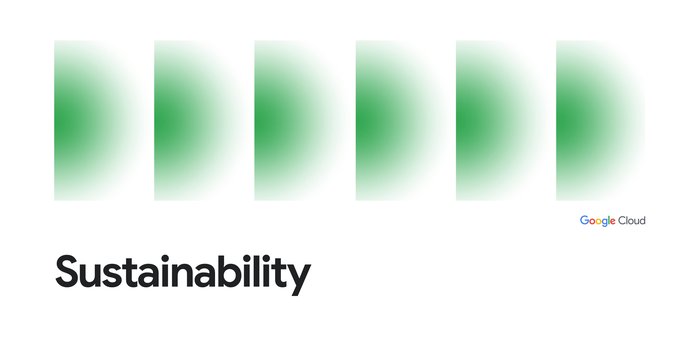Climate as a software product KPI

Michael Clark
Vice President, Google Cloud, North America Regions
Diane Chaleff
Group Product Manager, Google Cloud, Office of the CTO
Recent research by Google and Boston Consulting Group estimates that AI has the potential to help mitigate 5-10% of global greenhouse gas (GHG) emissions by 2030 — the equivalent of the total annual emissions of the European Union. It also suggests that in 2022, global data center electricity consumption accounted for 1-1.3% of total global electricity demand.
Software is increasingly critical for everyday life, and all of us who build software have a duty to society to find a way to build that software to be sustainable.
At Google, we have committed to having net-zero emissions by 2030. Beyond using less energy, and using more carbon-free energy (CFE), that also means learning to build systems that are more sustainable themselves. Already, we’ve learned a lot, and we’re excited to share what we’ve learned with our customers. In short, there are three easy steps to making greener software.
1. Design more sustainable software
You create sustainable software through intentional design choices at every step in the software design journey. This starts with informing the whole team — from designers, to architects, to engineers — that sustainability is a metric for evaluation, right from the planning stage of the project.
From there, each person on the team has many options to choose from to build more sustainable software. There’s no one-size fits all and it’s important to pick the right solutions for each project. To help with that, we’ve put together the Go Green Software guide, which provides a comprehensive overview of how to build software that uses energy more efficiently.
The Go Green Software guide provides more than fifty options, each with detailed implementation strategies, for how developers can make applications that have fewer pages, lighter graphics load, and darker colors, all translating into less energy consumption. Architects can consider microservice architectures that only load the exact services needed, and implement thoughtful caching techniques. Engineers can remove unused code, select lower-power development environments such as laptops, and fetch data only when required. Together, these techniques add up to more sustainable software. In fact, according to the guide, just moving from a desktop to a laptop can save 2,000KG+ CO2e alone!
If everyone across the team asks the question “Am I thinking sustainably?” the savings can be enormous.
2. Use tooling to reduce your software’s carbon footprint
We know that sustainable decision-making needs to be focused on the data. Google Cloud has a collection of features that make it easy to report on and reduce your carbon emissions: the Carbon Sense suite. Through Carbon Sense’s easy-to-use console, you can identify unattended projects and turn them down, or view the gross, location-based emissions from your Google Cloud usage, among other needs.
Customers like Etsy, the first major shopping site to offset 100% of carbon emissions from packaging and delivery, chose Google Cloud more than five years ago for our commitment to sustainability, and uses Carbon Sense to stay on track. L’Oreal used our Carbon Footprint feature set to design their L’Oreal Beauty Tech Data Platform with over 100TB of data and more than 20TB processed each month.
This year we expanded this capability to allow for the tracking of the carbon footprint and gross emissions of using Google Workspace. This means you can track the emissions impact of tools such as Google Meet, Gmail, Google Docs, and more.
3. Leverage the Google Cloud climate-tech community
At Google Cloud, we have a team dedicated to helping companies build climate-focused technology on our platform. We do this with the help of over 30 partners who use climate technologies like Carbon Footprint to enhance your development journey, whether that’s understanding the resilience of your supply chain, logistics, financial services needs or others. These are partners who have been validated through our Google Cloud Ready - Sustainability initiative.
For example, Earth Blox provides satellite image insights at scale to measure and report impacts on nature and climate risk, supporting over 150 million hectares of sustainability assessments. Or consider Snowfox.AI, whose AI-based emission management tool automatically tracks and analyzes supply-chain emissions based on purchase invoices and global emission factor databases. And we’re adding new validated partners all the time.
No excuses
Here’s a challenge to business leaders, product managers, and engineers: start developing your software more sustainably. With the techniques in the Go Green Software guide, you have the know-how to make sustainable design choices. With Carbon Sense, you have the ability to measure and refine the software you build on Google Cloud. And with the help of our Google Cloud Ready - Sustainability partners, you have the help you need to start removing excess carbon from your software and your wider business. We’re excited to see what you build! Reach out to us and share your story.
We’ve been blogging throughout COP28; follow along here.



